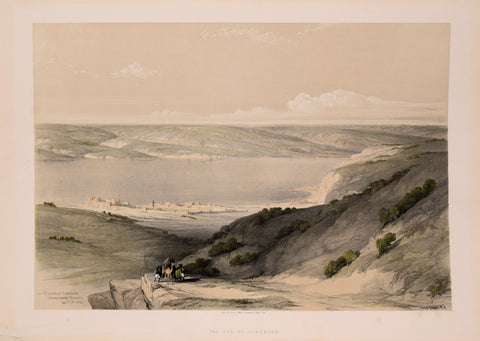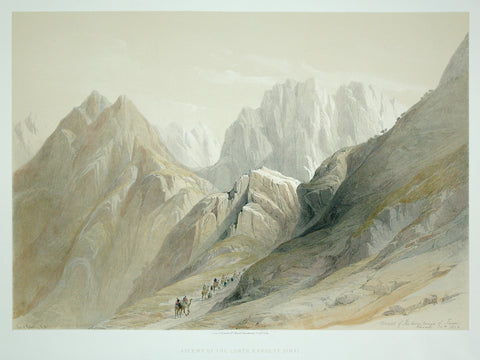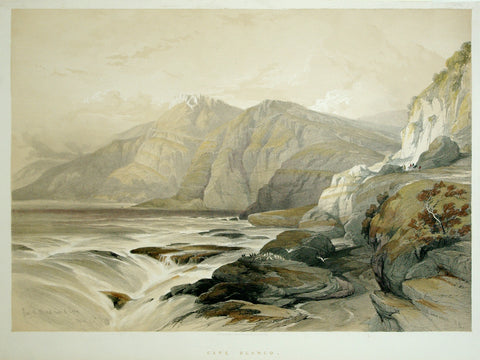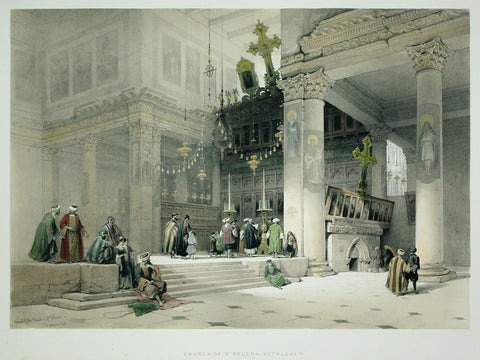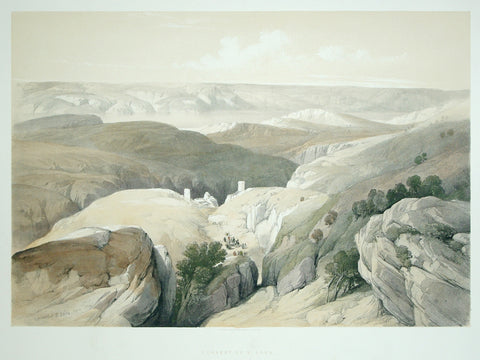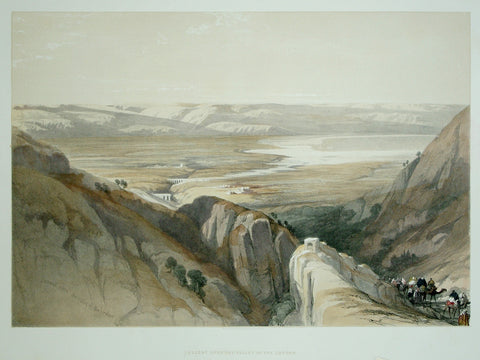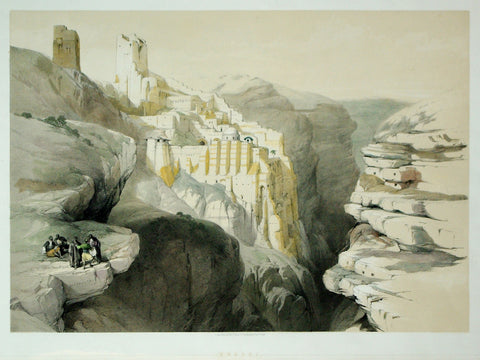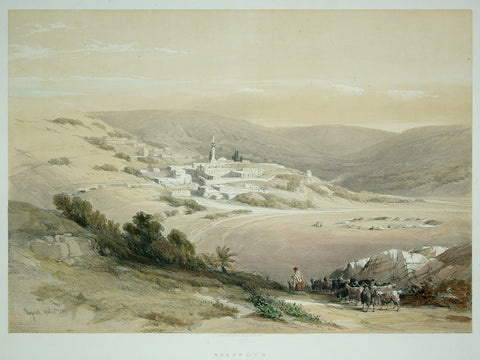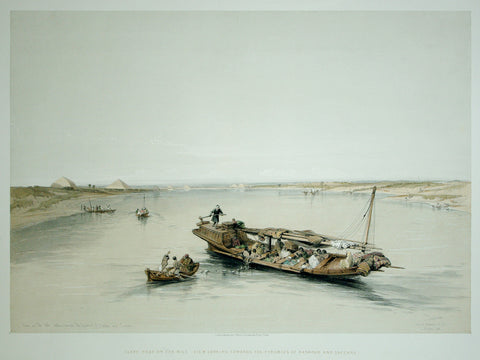Search By Artist
David Roberts (1796-1864)
The Holy Land, Syria, Idumea, Arabia, Egypt & Nubia
Tinted lithographs, finished by hand
London: F.G. Moon, 1842-49
David Roberts was one of the first to have been granted the privilege of freely roaming and entering many sacred areas from the
extremity of Nubia to the Mediterranean, and his images were therefore the first exposure that Europeans had to such splendid, distant places. His work is meticulously precise and yet splendidly evocative, with a skillful and rigid adherence to the truth of costume, detail and effect. When it was published in England several years after his journey, Roberts's The Holy Land, Syria, Idumea, Arabia, Egypt & Nubia drew extraordinary acclaim. Not only did his ambitious project give views of spectacular landscapes and ancient man-made wonders that viewers had never glimpsed, but they preserved their form visually, providing an invaluable contribution to scholarship. Because of the unparalleled significance of his groundbreaking work, he was honored with the prestigious award of election to the Royal Academy.
Roberts set off on his great and hazardous expedition in August, 1838. In the next eleven months, he visited cities and sites throughout Egypt, Syria, Israel, Jordan, Lebanon, and other Near Eastern countries. The result of Roberts's voyage was the three-volume, color-plate book The Holy Land, Syria, Idumea, Arabia, Egypt & Nubia. The book was an enormous success, and Roberts was able to find hundreds of subscribers, including English and European royalty.
The plates in these volumes are the most beautiful and accurate depictions of the Near East ever created in the 19th century, and are also perhaps the most beautiful views of ancient monuments from the era. Roberts's understanding of the dramatic side of architecture is clearly visible in his views of ruins, which give a sense of the monumental beauty of the still-glorious man-made structures and the splendid landscape that surrounds them. Roberts did not confine his renderings to architecture and natural terrain, however, but gave equal attention to the costumes and lifestyles of the Near Eastern peoples. In this way these images both instructed and delighted their viewers with superb ethnological descriptions, sweeping panoramic landscapes, and detailed architectural studies. Robert's illustrations had an enormous impact on contemporary understanding of these sites, and are among the most
influential 19th-century views of Egypt and the Holy Land.

